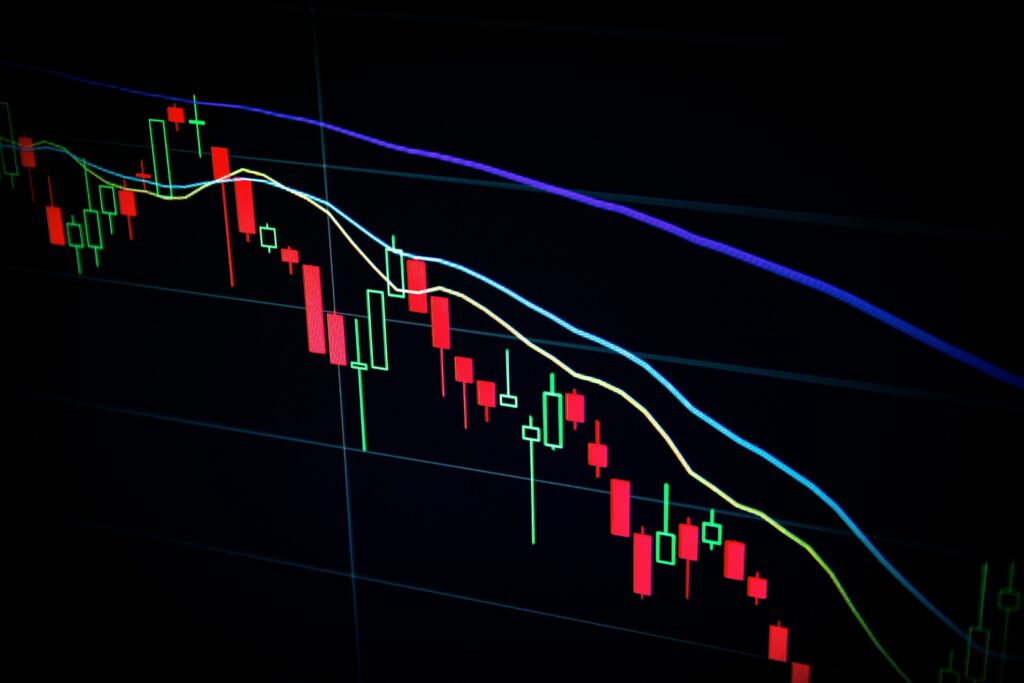Day trading forex involves purchasing and selling currency pairs within a single day – opening positions in the morning and closing at day-end. Forex day traders capitalize on small market fluctuations by buying & selling multiple currencies within a day.
You can hardly participate in day trading as a part-timer since it requires a specific mindset, focus, and dedication. The strategy included quick decisions and placing many trades for small returns each time. The Forex market is lucrative for day traders because of many tradeable pairs and massive market liquidity. Market liquidity means the ease at which traders buy and sell currencies.

Top Strategies for Forex Day Traders
Day trading is a trading style where you do not leave open trades overnight. Some of the popular strategies for forex traders include:
Trend Trading
Trend traders hunt for money-making opportunities by evaluating the price direction of assets. Players use trends to determine buy and sell positions. Traders take long positions and purchase the assets whenever prices maintain upward trends with successive higher highs. Meanwhile, downtrends with lower lows present a shorting opportunity for sellers. The thing here is to remember to close your position before day-end.
Swing Trading
Swing trading involves capitalizing on near-term price movements based on presumptions that prices never follow a particular trend. Thus, swing traders hunt profits from near-term price fluctuations.
Scalping
Scalping aims at attaining a high winning rate through small and frequent returns. The strategy focuses on building massive investment accounts with smaller earnings. Meanwhile, scalping needs strict exit strategies, as any losses can reverse collected profits quickly. Most scalpers close positions at day-end as overnight funding charges can deteriorate small profit margins.
Mean Reversion
Mean reversion uses the theory that value measures like price-to-earnings ratios always move to the historical mean. The strategy utilized technical analysis, including moving averages (MAs), to catch currencies whose latest performance differs significantly from the historical average.
Money Flows
The cash flow indicator uses prices and volume to determine an asset’s oversold and overbought conditions. It signals positive and negative money flow by comparing previous day trades to the current one. A figure above 80 means overbought and suggests a sell, while 20 and below signals buy as it confirms oversold market situations.

